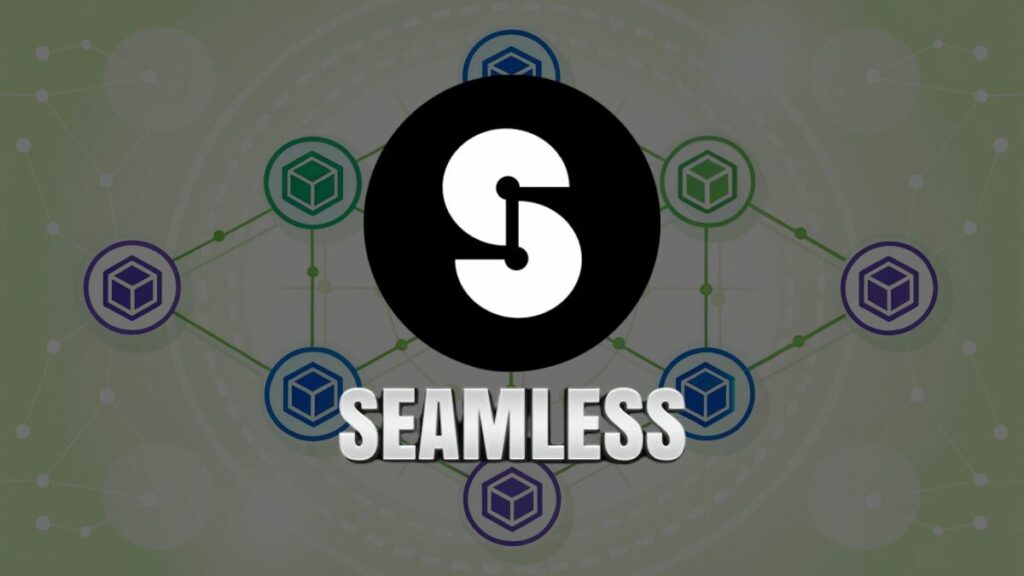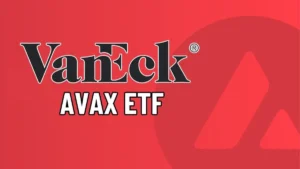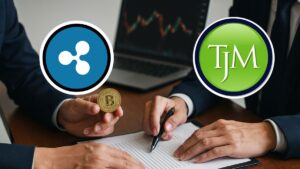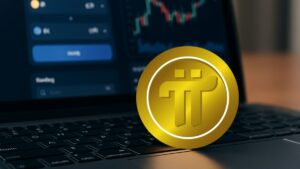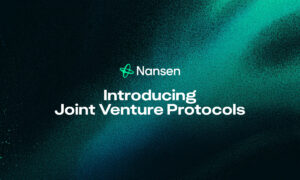Seamless Protocol represents a transformative approach to decentralized finance, redefining money markets through advanced lending and borrowing infrastructure. Operating natively on Base Layer 2, it combines community governance with capital-efficient design to deliver secure, accessible DeFi services.
What is Seamless Protocol?
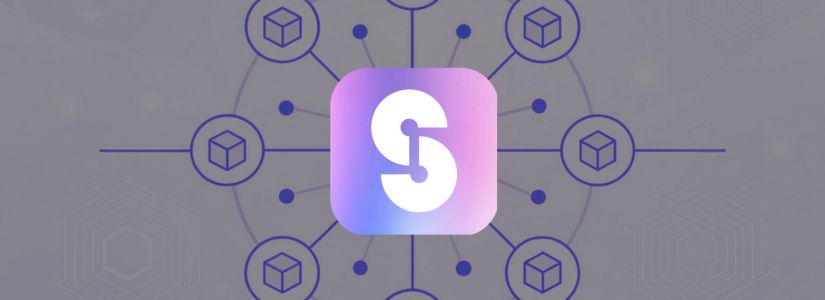
A Decentralized Lending Platform
Seamless Protocol is a DeFi lending and borrowing protocol operating primarily on the Base blockchain. As a decentralized liquidity market, it enables users to provide their cryptocurrency assets to earn interest and to borrow other assets using their supplied collateral. Its core mission is to provide accessible, non-custodial financial services within the DeFi ecosystem.
Permissionless and Stablecoin-Focused
Built with a strong emphasis on permissionless access, Seamless enables anyone to participate as a supplier or borrower without intermediaries. A key aspect of its design is its native support for decentralized stablecoins, particularly USDbC, facilitating stable borrowing options and aiming to enhance the decentralized stablecoin landscape.
Governed by the SEAM Token
The protocol is governed by its native token, SEAM. SEAM token holders have the power to propose and vote on changes to the protocol’s parameters, future development directions, treasury management, and other critical decisions. This governance model aims to ensure Seamless evolves in a decentralized manner aligned with its community’s interests.
Positioning in the DeFi Ecosystem
Seamless Protocol positions itself as a foundational DeFi primitive, specifically designed as a decentralized money market for the Base ecosystem. It seeks to offer a core lending and borrowing infrastructure that supports the growth of other DeFi applications by providing essential liquidity and financial services in a trustless environment.
How Does Seamless Protocol Work?

Liquidity Pools and Interest Generation
Users supply supported cryptocurrencies into distinct liquidity pools. In return, they receive interest-bearing tokens representing their share of the pool. These tokens accrue interest continuously based on the pool’s utilization rate. Interest is generated from borrowers paying fees to access the pooled funds, distributed proportionally to all suppliers in that specific pool.
Collateralized Borrowing
To obtain assets, users need to first provide collateral into specific pools. The protocol uses a collateral factor system, assigning each asset a maximum loan-to-value ratio. Borrowers can then draw funds from other pools up to a percentage of their posted collateral’s value. This ensures loans remain overcollateralized under normal market conditions, protecting the system’s solvency.
Algorithmic Interest Rate Models
Interest rates for both supplying and borrowing are not fixed. They dynamically adjust algorithmically based on real-time supply and demand within each pool. When demand to borrow a particular asset increases, its borrowing rate rises, incentivizing more suppliers to deposit that asset and discouraging excessive borrowing. Conversely, rates decrease when utilization is low.
Risk Management and Governance Execution
The protocol incorporates automated risk mechanisms, including liquidations. If a borrower’s collateral value falls below a critical threshold relative to their debt due to market volatility, their position can be automatically liquidated to repay the debt, protecting lenders.
Furthermore, governance decisions ratified by SEAM token holders, such as adding new assets or adjusting risk parameters, are executed directly through the protocol’s smart contracts.
What is the SEAM Token?
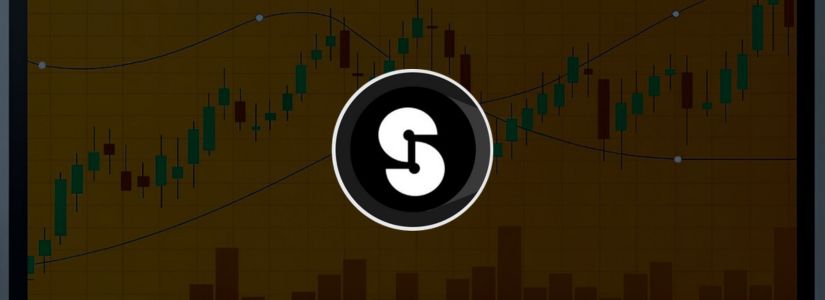
Tokenomics and Distribution
The SEAM token is the native governance and utility token of the Seamless Protocol, with a fixed maximum supply of 100,000,000 tokens. Its distribution emphasizes community ownership: 44.5% is allocated to the DAO treasury for liquidity mining and community rewards, 20% to ecosystem support, 19% to core contributors, and 13.5% to community incentives.
The token was launched fairly, with no private or public sales, ensuring decentralized initial distribution. Vesting periods for team and contributor allocations include multi-year cliffs to align long-term incentives.
Governance and Utility Functions
SEAM enables holders to participate in the decentralized governance of the Seamless Protocol. Token holders can delegate voting power to propose or approve protocol upgrades, treasury management, asset listings, and risk parameters. Beyond governance, SEAM serves as a staking asset, allowing users to earn protocol revenue and rewards while enhancing network security. It also incentivizes user participation in liquidity provision, borrowing strategies, and ecosystem growth initiatives.
Is the SEAM Token a Good Investment?
Evaluating SEAM as an investment requires balancing its innovative ecosystem against market risks. Positives include its role in Base’s top-ranked DeFi protocol, real-world utility via governance and staking, and partnerships with entities like Gauntlet for risk management.
However, its value is subject to DeFi market volatility, regulatory uncertainty, and the success of Seamless Protocol’s adoption. Token unlocks from vesting schedules could impact price stability. Investors should assess risk tolerance, as SEAM’s long-term viability hinges on protocol growth and broader crypto trends.
Unique Value Proposition
SEAM distinguishes itself through deep integration with Seamless Protocol’s novel features. It powers undercollateralized borrowing via Integrated Liquidity Markets, enables automated leverage strategies, and supports composable DeFi applications like Leverage Tokens.
Its design prioritizes equitable community governance, contrasting with venture capital-dominated models, while offering tangible rewards for active participation. This positions SEAM as both a governance tool and an engine for sustainable DeFi innovation.
Key Advantages of Using Seamless Protocol
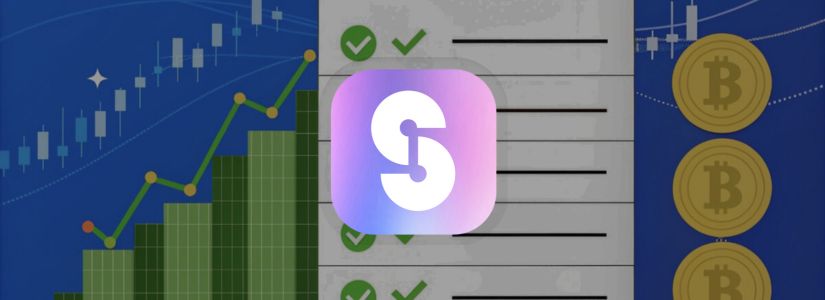
Capital Efficiency Innovations
Seamless Protocol transforms lending by allowing undercollateralized borrowing through Integrated Liquidity Markets, which is uncommon in DeFi. Borrowers can access funds exceeding their collateral value by locking assets into strategy-specific smart contracts, which autonomously execute and unwind positions to ensure repayment. This dramatically improves capital utility while maintaining security, as liquidity providers retain overcollateralized protection against defaults.
Automated Yield Optimization
The protocol eliminates manual portfolio management through auto-compounding and auto-rebalancing. Earnings from lending or staking are automatically reinvested to maximize returns, while positions dynamically adjust to maintain target leverage ratios or asset allocations. This reduces user effort, minimizes slippage, and ensures strategies operate at peak efficiency 24/7 without intervention.
Seamless Multi-Chain Experience
Built on Base L2, Seamless leverages near-zero transaction fees and high-speed settlements. Its integration with LI.FI allows native cross-chain bridging and swapping from any supported network directly within the app. Users can deposit, borrow, or manage assets across chains without leaving the platform, creating a unified hub for decentralized finance.
Conclusion
Seamless Protocol pioneers a more accessible and efficient DeFi future, combining community-driven governance with cutting-edge lending mechanisms. Its focus on capital efficiency, automated strategies, and cross-chain interoperability addresses critical limitations in traditional decentralized finance.


